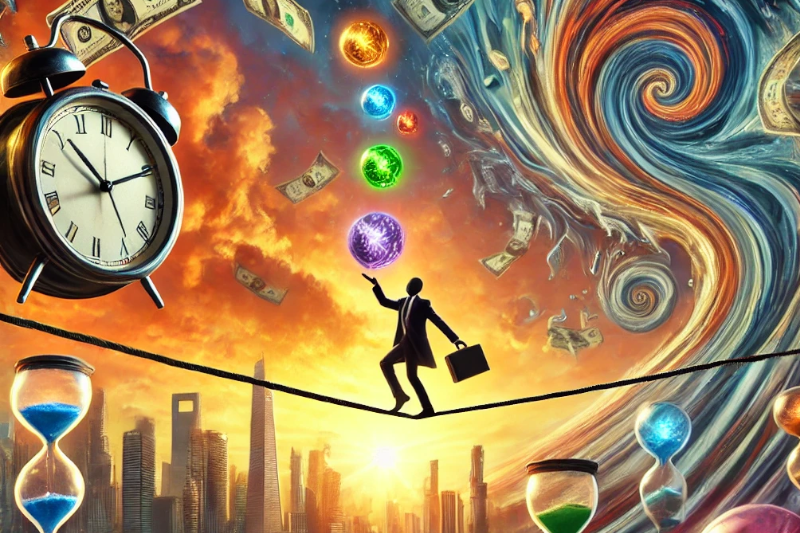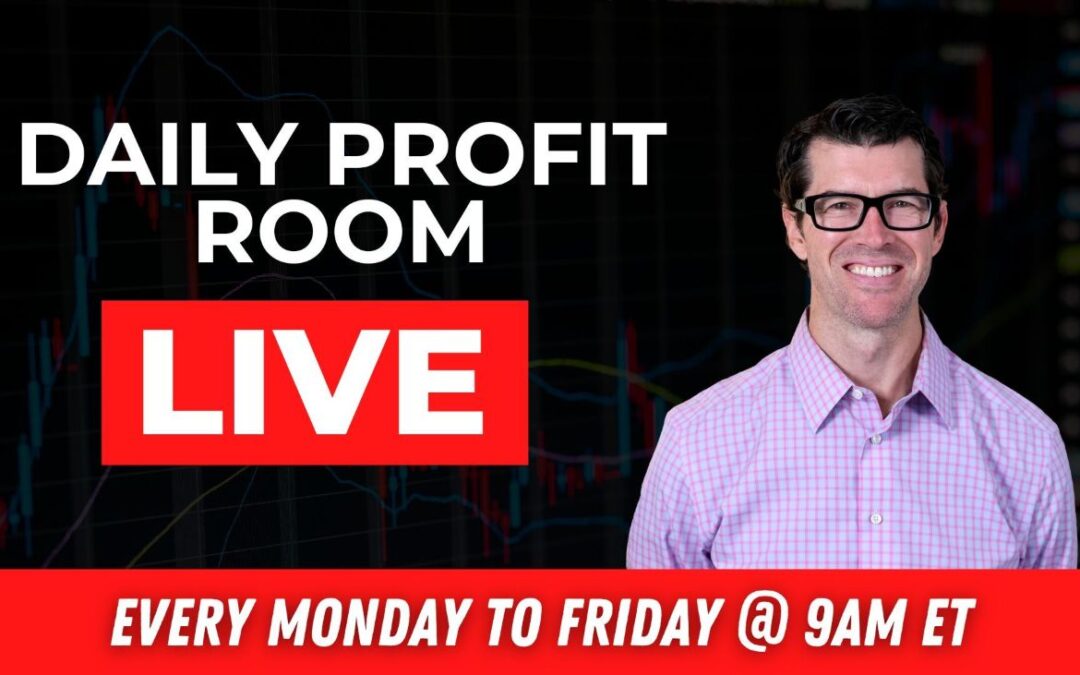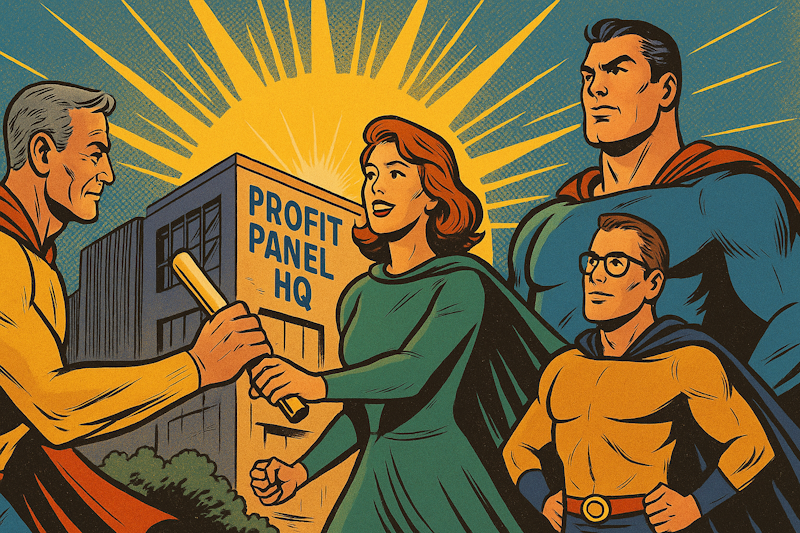Smack dab in the middle of the Allegheny National Forest stands the Hickory Creek Wilderness.
Never logged, this roughly 13 square miles of exceptional remoteness shelters some truly outstanding and rare old-growth forest. Lots of black bears, too, based on all the berry-filled bear poop along the sparsely-maintained trail that cuts through it.
Inspired by The Comfort Crisis, I spent last weekend there for an overnight solo backpacking trip. The book emphasized finding ways to get out of my comfort zone. Heading out alone was my way of warming up those limits.
Hiking miles over rough, hilly terrain with a 60-pound pack1. A trail that often disappears. Extreme quiet along with cell service that dropped off long before I hit the trail. I already mentioned evident but unseen bears.
And in a cosmic act of discomfort, tailor made for me, I forgot my trail map.
So, as I headed to a spot vaguely recalled from a map last seen in my living room, there was plenty of space for comfort withdrawal symptoms to kick in.
But the physical and mental discomfort experienced on this initial test run was self-imposed. I knew to expect it, even when it got intense in ways I didn’t intend.
I was mentally prepared for things to not go as planned.
What a succinct metaphor for success in life.
That goes for markets too.
And when it comes to markets, I wonder how prepared investors are for the Fed’s intended “soft landing” to not go as planned.
Does Anyone Know How to Land this Thing?
Once, 28 years ago, the Federal Reserve managed to hike rates without inflicting significant economic damage.
Ever since, whenever the Fed tightens, every talking head drones on incessantly about whether or not the Federal Reserve can manage another one.
But the hard and simple truth is that where the economy lands is completely out of the Fed’s or anyone else’s control. Their actions are merely one input into a vast system constantly processing and adapting to billions of other inputs simultaneously.
They can’t act without the system adjusting. And how the system adjusts is inherently unpredictable.
To wit, the Fed comes out of the gate with more aggressive rate hikes to fight inflation than either the Bank of England, the European Central Bank, or the Bank of Japan (BOE, ECB, and BOJ, respectively). The dollar strengthens relative to the pound, euro, or yen thus exporting inflation from the U.S. to England, Europe, and Japan. The BOE and ECB hike rates to fight inflation, including the additional inflation they now import from the U.S. while Japan does nothing because they want more inflation.
This means the Fed must now hike even more to compensate for the BOE’s and ECB’s actions. And as central banks play beggar they neighbor exporting inflation (currency wars anyone?), corporate investment and consumption get crushed under the burden of high interest rates.
No one knows where this dynamic lands, especially central bankers. But I do know that all this meddling (which are attempts to undo the unintended consequences of past meddling) makes increasingly uncomfortable unintended consequences more likely in the future.
Markets aren’t machines with causes and effects that can be engineered. They are living systems that are better understood through the lens of Chaos Theory than physics.
Central bank plans are meaningless other than as a useful signal to expect more chaos. Just like when I see a lot of bear poop, my plan must include getting noticed by a bear.
Instead of praying for the comfort of a soft landing, success in these markets require a more open-ended set of expectations. Expectations that include uncomfortable scenarios.
Because the more chaotic things get, the more you need to plan for things to not go as planned.
Think Free. Be Free.
1 20 pounds heavier than necessary but that was the point.



